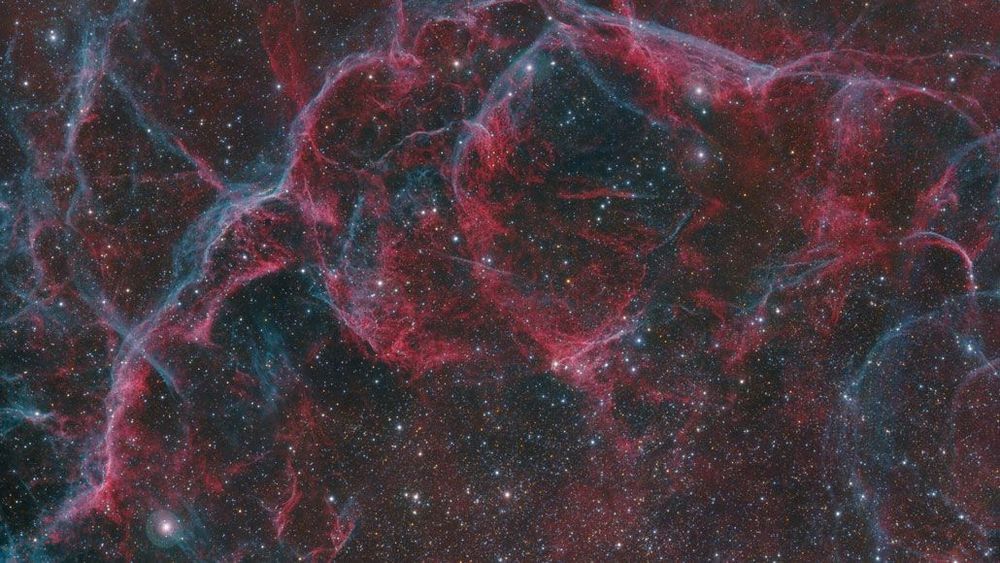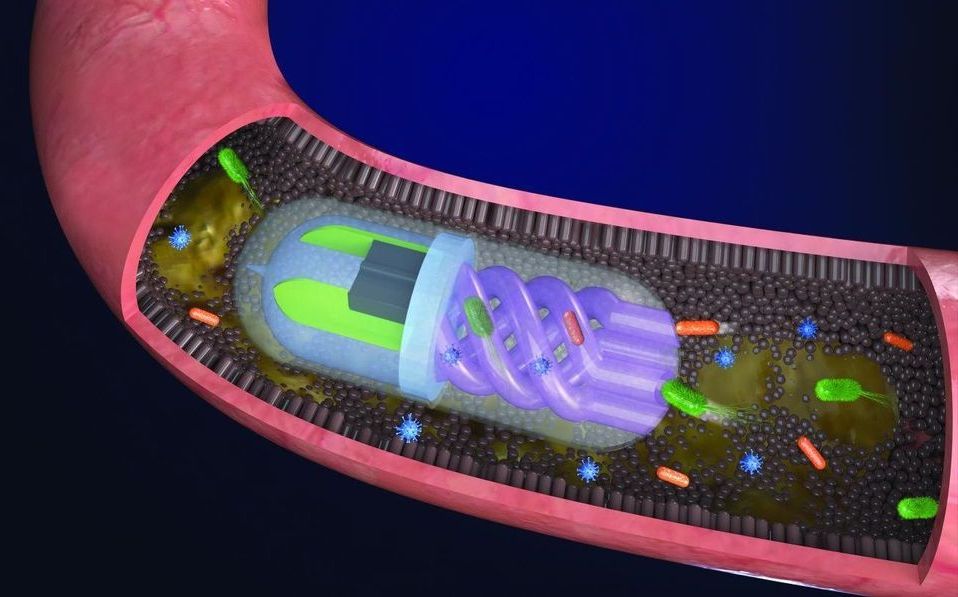CUTTING ROOM Scientists will soon wield the molecular scissors CRISPR/Cas9 in the human body. Some people with a form of inherited blindness will have the gene editor injected into their eyes, where researchers hope it will snip out a mutation.





Most people who’ve been jabbed by a needle know the drill: First the pierce, then the sharp, searing pain and an urge to pull away, or at least wince. While the exact circuitry behind this nearly universal reaction is not fully understood, scientists may have just found an important piece of the puzzle: a previously unknown sensory organ inside the skin.
Dubbed the nociceptive glio-neural complex, this structure is not quite like the typical picture of a complex organ like the heart or the spleen. Instead, it’s a simple organ made up of a network of cells called glial cells, which are already known to surround and support the body’s nerve cells. In this case, the glial cells form a mesh-like structure between the skin’s outer and inner layers, with filament-like protrusions that extend into the skin’s outer layer. (Also find out about a type of simple organ recently found in humans, called the interstitium.)
As the study team reports today in the journal Science, this humble organ seems to play a key role in the perception of mechanical pain—discomfort caused by pressure, pricking, and other impacts to the skin. Until now, individual cells called nociceptive fibers were thought to be the main starting points for this kind of pain.
This video was made possible by Brilliant. Be one of the first 200 people to sign up with this link and get 20% off your premium subscription with Brilliant.org! https://brilliant.org/singularity
In the past few videos in this series, we have delved quite deep into the field of machine learning, discussing both supervised and unsupervised learning.
The focus of this video then is to consolidate many of the topics we’ve discussed in the past videos and answer the question posed at the start of this machine learning series, the difference between artificial intelligence and machine learning!
Thank you to the patron(s) who supported this video ➤
Wyldn pearson garry ttocsra brian schroeder
Become A Channel Member, Patron or Make A Donation ➤.
Dr. Michael West, CEO of AgeX Therapeutics and Founder of Geron Corporation, discusses breakthroughs in the understanding of biological regeneration and in induced tissue regeneration, through his talk “Hayflick Rewound: Somatic Restriction, Epigenetics, and the Reversibility of Human Aging”. This talk was given at the Ending Age-Related Diseases conference in NYC. Join us at http://lifespan.io/hero
►Conference Page: https://www.leafscience.org/ending-age-related-diseases-adva…prospects/
►Subscribe for more: https://www.youtube.com/user/LifespanIO?sub_confirmation=1
►This video is presented by LEAF. Please support our work by becoming a “Lifespan Hero”: http://lifespan.io/hero
► #LifeExtension #MichaelWest #AgeX

Today, we want to highlight a recent study in which a team of researchers from UT Southwestern demonstrates how adjusting the gut microbiome in mice lowers the occurrence of cancer.
What is the gut microbiome?
The microbiome describes a varied community of bacteria, archaea, eukarya, and viruses that inhabit our gut. The four bacterial phyla of Firmicutes, Bacteroidetes, Proteobacteria, and Actinobacteria make up around 98% of the intestinal microbiome.


A group of security researchers has found that some cameras are vulnerable to ransomware attacks via Wi-Fi or hijacked computers (using the USB connection) that can render a camera and its photos entirely usage until a sum of money is paid to the hackers.
Check Point Software Technologies has shown (as seen in the video above) that Canon DSLRs (it’s not clear if other cameras are also affected) are susceptible to ransomware attacks, an increasingly common exploitation in which a hacker disables a device until the owner pays a ransom to regain control. As more and more electronics gain internet connectivity, these attacks are becoming more common, particularly since manufacturers typically don’t put the same sort of effort into fortifying the network security of small electronics as they do into computers. Canon released a statement in which they offered some barebones tips to avoid being susceptible to these attacks and noted that there have been no known instances of such an attack occurring. They did not indicate whether they plan to fix the vulnerabilities through firmware updates, so it probably doesn’t hurt to be a bit more careful to protect your photos.